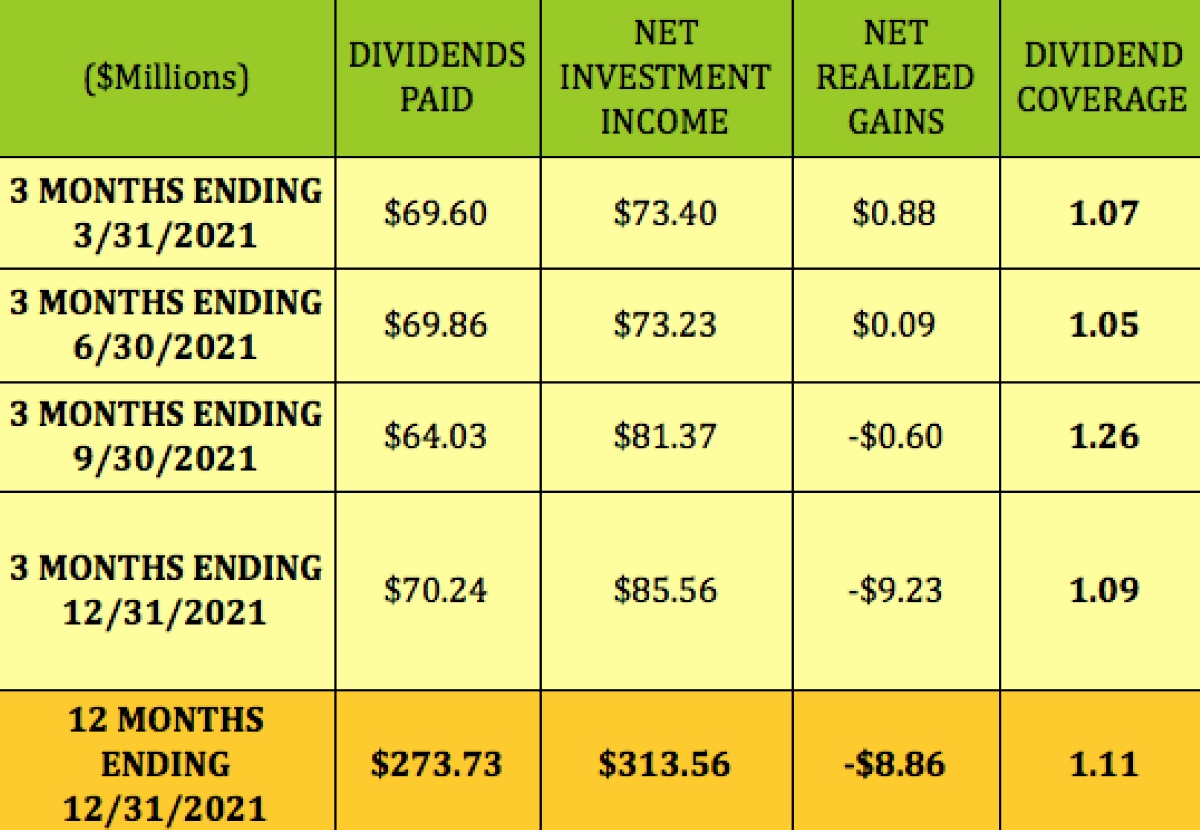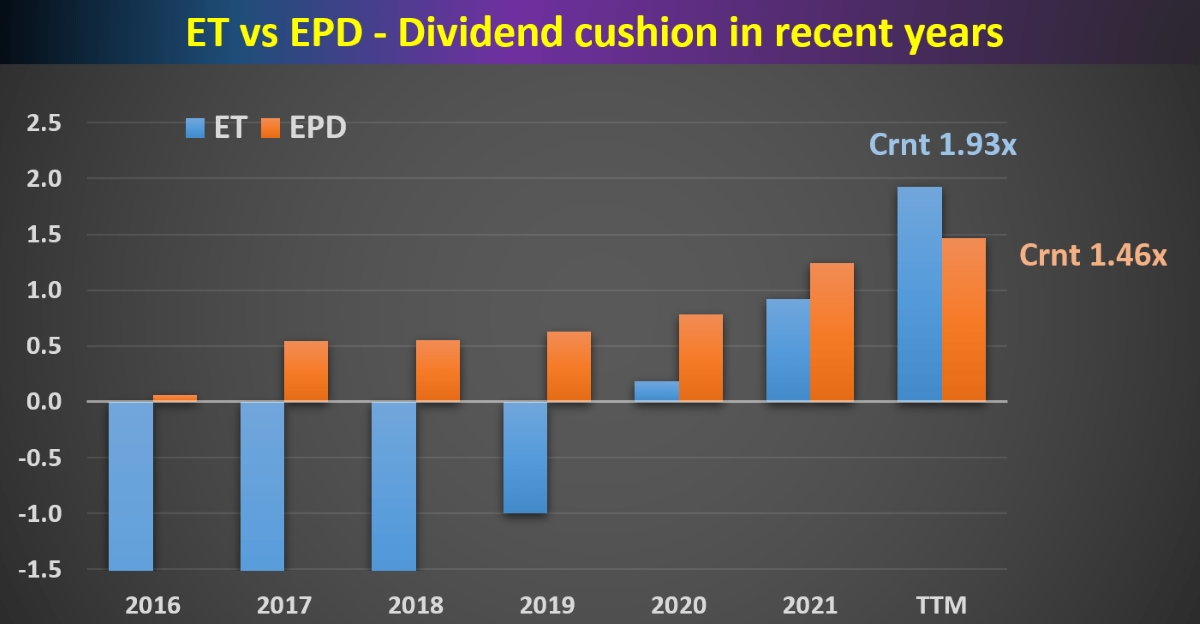

Finance
When Does Ford Pay Dividends?
Published: January 3, 2024
Learn about Ford's dividend policy and find out when they pay dividends. Stay informed about the financial aspect of Ford's operations.
(Many of the links in this article redirect to a specific reviewed product. Your purchase of these products through affiliate links helps to generate commission for LiveWell, at no extra cost. Learn more)
Table of Contents
Introduction
Welcome to our article on when Ford pays dividends. If you’re an investor or considering investing in Ford Motor Company, understanding their dividend payment schedule can be a crucial factor in your decision-making process. Dividends are a way for companies to distribute a portion of their profits back to shareholders, providing them with a return on their investment. By paying dividends, companies like Ford can attract investors who are seeking regular income.
In this article, we will explore the concept of dividends and dive into Ford’s dividend history. We will also discuss the factors that can impact Ford’s dividend payments and provide an overview of their current dividend policy. By the end of this article, you should have a better understanding of when Ford pays dividends and how their dividend policy may influence your investment strategy.
Before we delve into the specifics, let’s take a moment to understand the basics of dividends. Dividends are typically paid out on a regular basis, either monthly, quarterly, semi-annually, or annually, depending on the company’s dividend policy. The amount of the dividend is determined by the company’s board of directors and is usually paid out as cash or additional shares of stock.
Dividends play a significant role in attracting investors, particularly those who are looking for a steady income stream from their investment. For many investors, dividend payments can be an essential source of passive income, providing a regular cash flow that can be reinvested or used for personal expenses. Dividends can also be a measure of a company’s financial health and stability. A consistent track record of dividend payments may indicate that a company has a solid foundation and is generating sustainable profits.
Now that we have a basic understanding of dividends, let’s explore Ford’s dividend history to gain insights into their payment schedule and trends over the years.
Understanding Dividends
In order to understand when Ford pays dividends, it’s important to have a clear understanding of how dividends work in general. Dividends are a form of return that a company offers to its shareholders as a way to distribute a portion of its profits. They are typically paid out in cash, but can also be paid in the form of additional shares of stock.
Dividends are decided and approved by the company’s board of directors, who take various factors into consideration, including the company’s financial performance, future growth prospects, and available cash flow. Companies that are profitable and have a stable financial position are more likely to offer dividends to their shareholders.
Dividend payments are usually made on a regular basis, such as quarterly, semi-annually, or annually. The frequency of dividend payments can vary from company to company. Some companies may pay dividends monthly, while others may only pay once a year.
The amount of a dividend payment is determined by the company’s dividend policy, which is established by its board of directors. The policy sets guidelines for the percentage of profits that will be distributed as dividends. This percentage, known as the dividend payout ratio, can vary depending on the company’s industry, growth rate, and financial goals.
Dividends are an important factor for investors to consider when evaluating a company. They can provide a steady income stream for investors, allowing them to earn a return on their investment even if the stock price remains relatively stable. Dividend payments can also serve as a signal of a company’s financial health and stability. A company with a consistent track record of paying dividends may indicate that it has a sustainable business model and generates sufficient profits to reward its shareholders.
It’s worth noting that not all companies pay dividends. Some companies, particularly those in the growth or technology sectors, reinvest their profits back into the business to fuel future expansion and innovation. Instead of paying dividends, these companies may choose to allocate the cash towards research and development, acquisitions, or debt repayment.
Now that we have a solid understanding of dividends, let’s explore Ford’s dividend history to gain insights into their payment schedule and trends over the years.
Ford’s Dividend History
Ford Motor Company, one of the largest automobile manufacturers in the world, has a long and storied dividend history. Since its inception in 1903, the company has rewarded its shareholders with regular dividend payments, albeit with some fluctuations over the years.
In the early years, Ford paid dividends periodically, but it wasn’t until 1956 that the company established a consistent dividend policy. From 1956 up until 1980, Ford paid dividends on a quarterly basis, providing shareholders with a reliable source of income. However, due to financial challenges in the early 1980s, Ford was forced to suspend its dividends temporarily.
In 1984, Ford resumed its dividend payments after implementing a successful restructuring plan. The company made considerable progress in improving its financial performance and stability, allowing it to reinstate the dividends and continue rewarding its shareholders. Since then, Ford has maintained a consistent dividend policy, paying dividends quarterly.
Over the years, the amount of Ford’s dividend payments has varied depending on the company’s financial performance and market conditions. During periods of economic downturn or financial challenges, Ford may reduce or suspend its dividend payments to conserve cash and ensure the company’s financial stability.
However, it’s important to note that despite these fluctuations, Ford has a long-standing commitment to providing dividend payments to its shareholders. The company has adapted to changing market conditions and has managed to maintain its dividends, demonstrating its dedication to rewarding its investors.
It’s worth mentioning that the amount of dividend payments can also be influenced by various factors such as changes in the industry landscape, fluctuations in the global economy, and shifts in consumer demand for automobiles. These factors can impact Ford’s profitability and cash flow, which in turn may affect the amount of dividends that the company can distribute.
By examining Ford’s dividend history, potential investors can gain insights into the company’s stability and its commitment to providing returns to shareholders. While dividend payments are not guaranteed and can be subject to change, Ford’s strong dividend history indicates that the company understands the importance of rewarding its investors.
Now that we have explored Ford’s dividend history, let’s delve into the factors that can affect Ford’s dividend payments.
Factors Affecting Ford’s Dividend Payments
Several factors can influence Ford’s dividend payments. These factors can vary and may impact the amount and frequency of dividends that the company distributes to its shareholders. Understanding these factors can provide valuable insights into the sustainability and potential growth of Ford’s dividends.
1. Financial Performance: Ford’s dividend payments are closely tied to the company’s financial performance. The ability to generate consistent profits is crucial for sustaining dividend payments. Strong revenue growth, improved profitability, and effective cost management can positively impact Ford’s ability to pay dividends to its shareholders.
2. Cash Flow: Cash flow is another key factor that affects dividend payments. Positive cash flow allows Ford to fund its operations, invest in research and development, and pay dividends to shareholders. Any significant negative cash flow can put pressure on dividend payments or even result in the suspension of dividends.
3. Industry Trends: The automotive industry is subject to various market trends and macroeconomic factors. Changes in consumer demand, shifts in preferences towards electric or autonomous vehicles, or fluctuations in fuel prices can impact Ford’s revenue and profitability. These industry trends can subsequently influence the amount of dividend payments.
4. Capital Expenditures: Ford’s dividend payments can be affected by the company’s capital expenditure requirements. Investing in new vehicle models, manufacturing plants, or technology advancements requires substantial financial resources. Higher capital expenditures may lead to reduced dividends as the company directs funds towards growth and investment opportunities.
5. Economic Conditions: The state of the economy, both globally and domestically, can influence Ford’s dividend payments. During recessions or economic downturns, companies often face challenges in their operations and may need to conserve cash. This can result in a reduction or suspension of dividend payments to ensure financial stability.
6. Debt Obligations: Ford’s debt obligations can impact the availability of funds for dividend payments. Servicing existing debt and managing interest payments can place constraints on the company’s cash flow. Higher debt levels may curtail dividend payments as the company focuses on debt reduction and improved financial flexibility.
7. Regulatory Environment: Changes in regulations related to the automotive industry, such as emissions standards or safety requirements, can impact a company’s profitability. Compliance with new regulations may require significant investments and resources, which can impact Ford’s ability to pay dividends.
It’s worth noting that while these factors can influence Ford’s dividend payments, the company has a long history of paying dividends and has demonstrated a commitment to rewarding its shareholders. Ford’s management team closely monitors these factors and aims to strike a balance between providing dividends and investing for future growth.
Now that we understand the factors that can impact Ford’s dividend payments, let’s explore the current dividend policy of the company.
Current Dividend Policy
As of [current year], Ford Motor Company maintains a consistent dividend policy that reflects its commitment to providing returns to its shareholders. The company’s dividend policy is determined by its board of directors, who evaluate various factors to determine the amount and frequency of dividend payments.
Ford currently pays dividends on a quarterly basis, which means that shareholders can expect to receive dividend payments four times a year. The specific dates for dividend declaration, record date, and payment date are typically announced by the company in advance to provide clarity to investors.
The amount of Ford’s dividend payments can vary and is subject to change based on the company’s financial performance and available cash flow. The board of directors takes into consideration various factors, including earnings growth, profitability, and future investment plans, when determining the dividend payout ratio.
It’s important to note that Ford’s dividend payments are not guaranteed and can be influenced by external factors such as economic conditions, industry trends, and regulatory requirements. During periods of economic uncertainty or financial challenges, the company may choose to reduce or suspend dividend payments to ensure the maintenance of financial stability.
Investors interested in receiving Ford’s dividends should consider holding shares of the company’s common stock. Dividends are typically paid to shareholders of record as of a predetermined date, known as the record date. Therefore, shareholders who hold Ford’s stock on or before the record date are eligible to receive the dividend payment.
It’s worth mentioning that Ford’s dividend policy and payment schedule may be subject to change over time. Investors should stay updated with the company’s announcements, financial reports, and investor relations communications to stay informed about any changes to the dividend policy.
Overall, Ford’s current dividend policy reflects the company’s dedication to providing an attractive return on investment for its shareholders. By consistently paying dividends and adapting to market conditions, Ford aims to reward its investors and demonstrate its commitment to long-term value creation.
Now that we have explored Ford’s current dividend policy, let’s summarize the key points discussed throughout this article.
Conclusion
In conclusion, understanding when Ford pays dividends is crucial for investors looking to invest in Ford Motor Company. Dividends are a way for companies to distribute a portion of their profits back to shareholders, providing them with a return on their investment.
We explored the concept of dividends and how they work, emphasizing the importance of dividends for investors seeking a steady income stream and a measure of a company’s financial health.
Next, we delved into Ford’s dividend history, noting that the company has a long-standing commitment to paying dividends. While there have been fluctuations over the years, Ford has adapted to market conditions and has maintained a consistent dividend policy, paying dividends quarterly.
We also discussed the factors that can affect Ford’s dividend payments, including financial performance, cash flow, industry trends, capital expenditures, economic conditions, debt obligations, and the regulatory environment. By understanding these factors, investors can gain insights into the sustainability and potential growth of Ford’s dividends.
Lastly, we explored Ford’s current dividend policy, which includes quarterly dividend payments. The specific amount and frequency of dividends are determined by the company’s board of directors, considering factors such as financial performance and available cash flow. However, it’s important to note that dividend payments are not guaranteed and can be subject to change based on various factors.
Investors interested in receiving Ford’s dividends should consider holding shares of the company’s common stock and stay updated with the company’s announcements and financial reports.
Overall, Ford’s dividend history, commitment to paying dividends, and careful consideration of factors affecting dividend payments demonstrate the company’s dedication to rewarding its shareholders.
Now armed with knowledge about when Ford pays dividends and the factors influencing their dividend payments, investors can make informed decisions when evaluating Ford as a potential investment.














